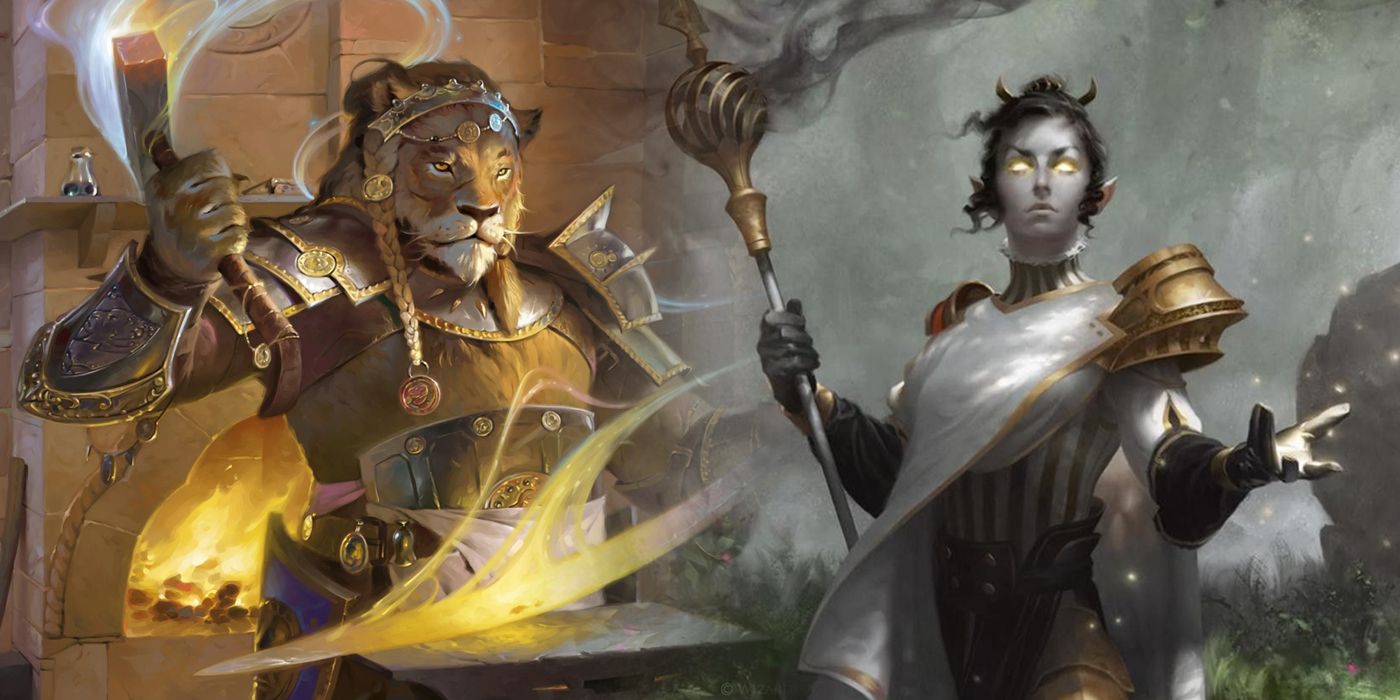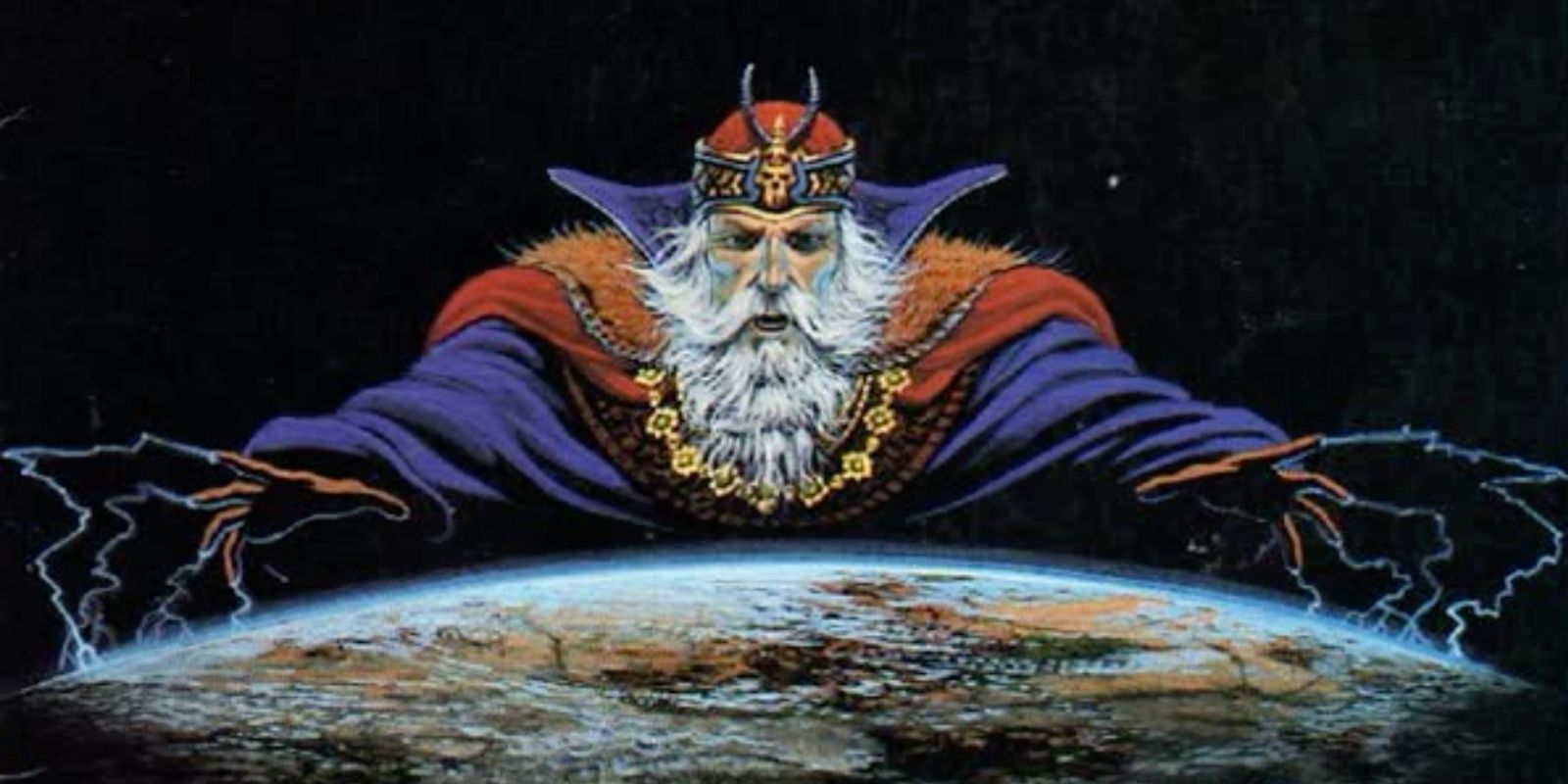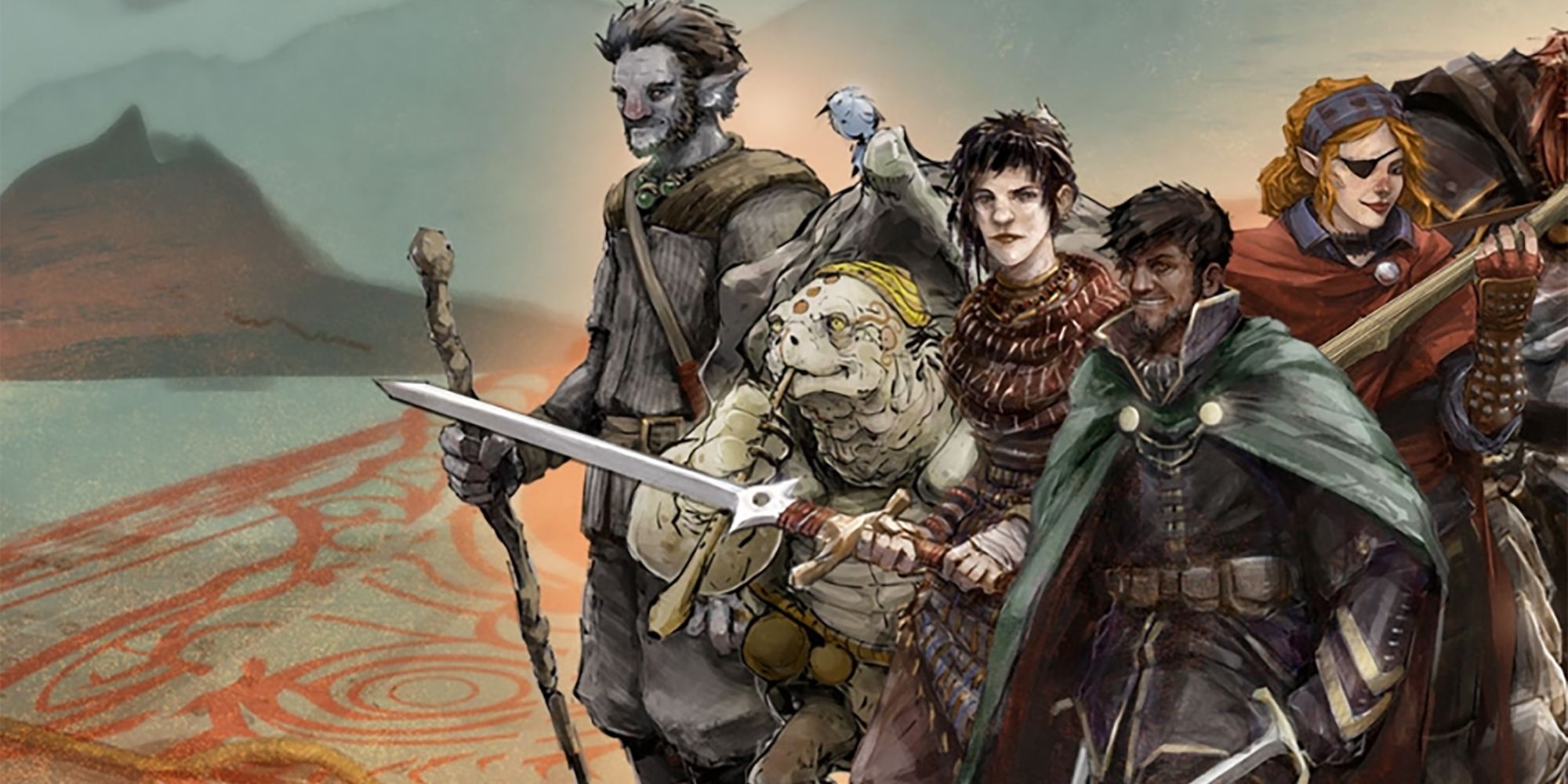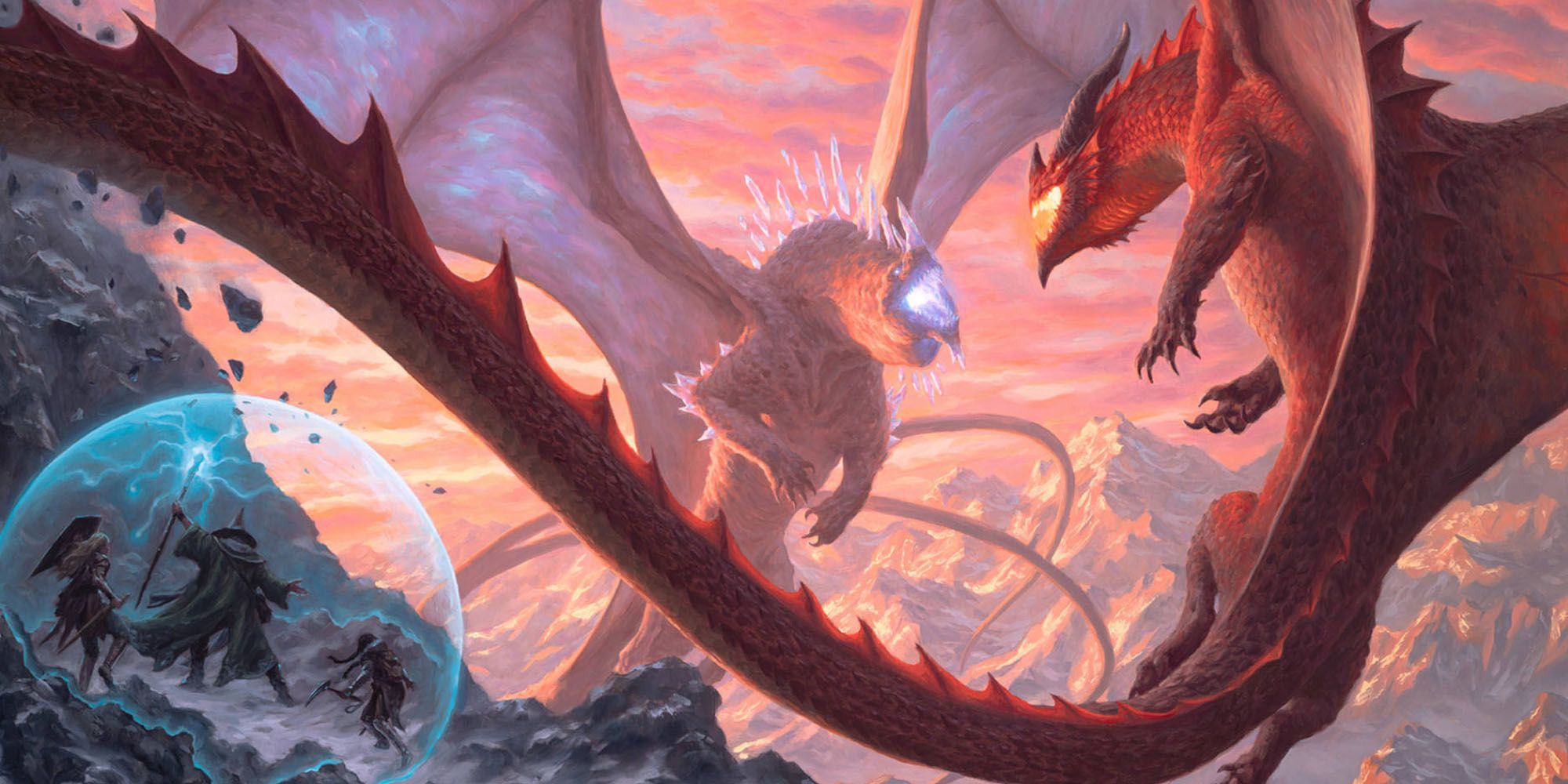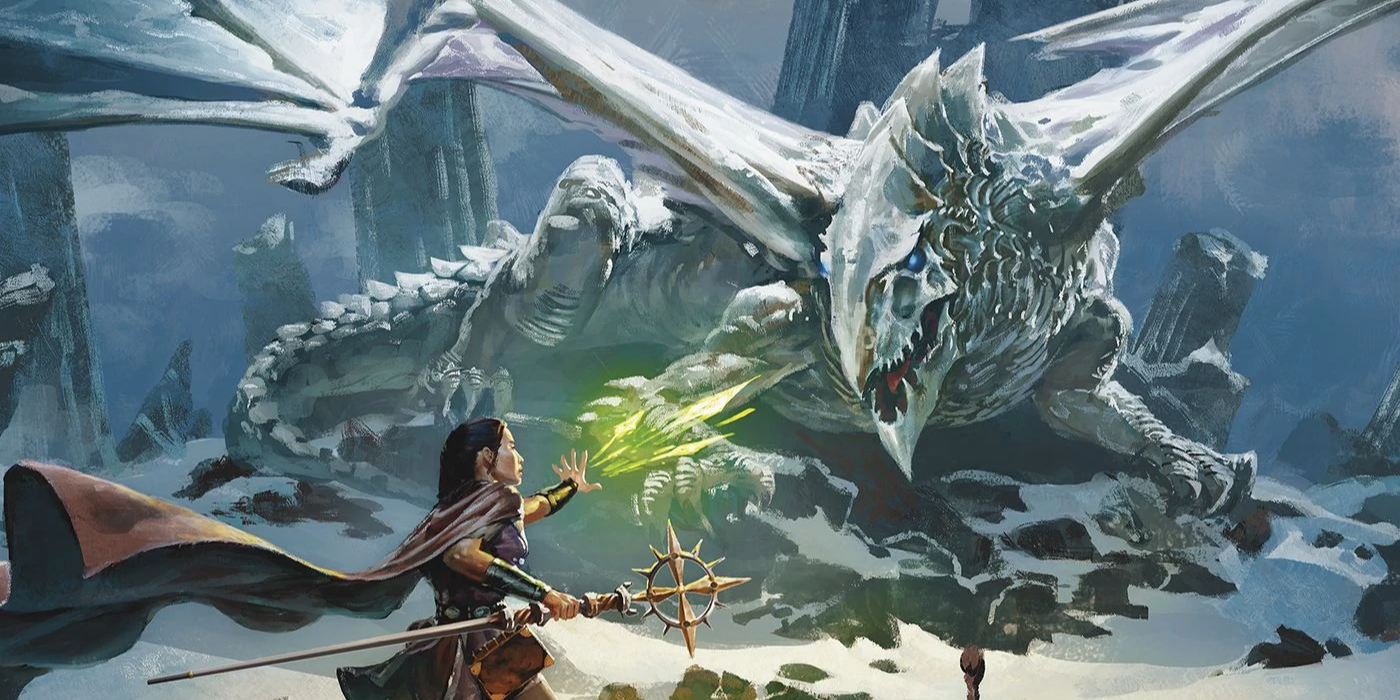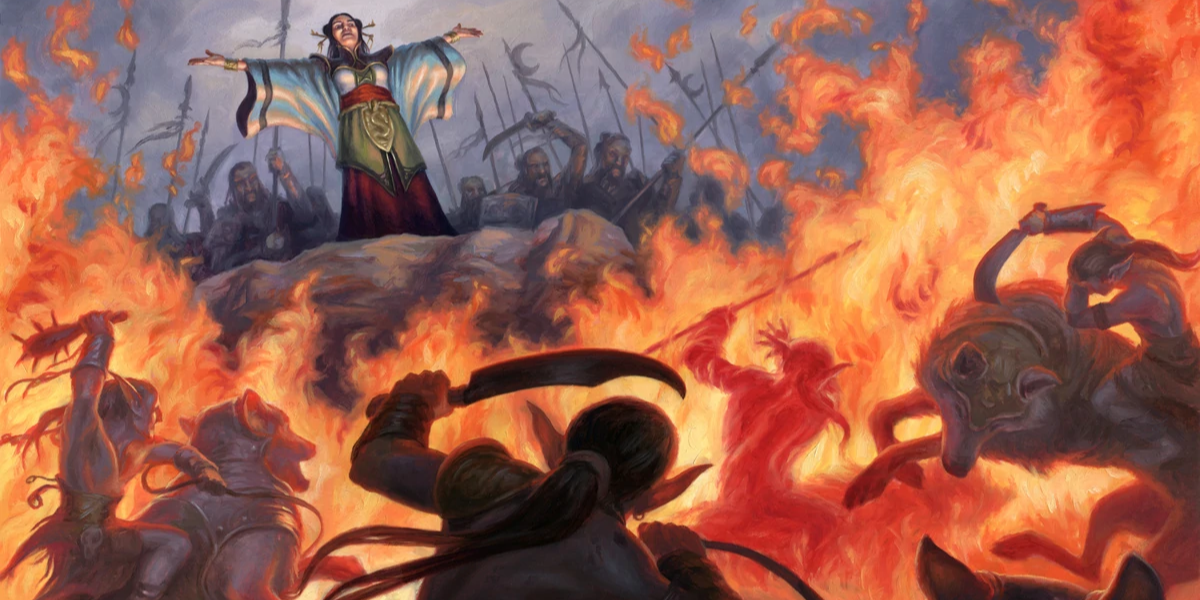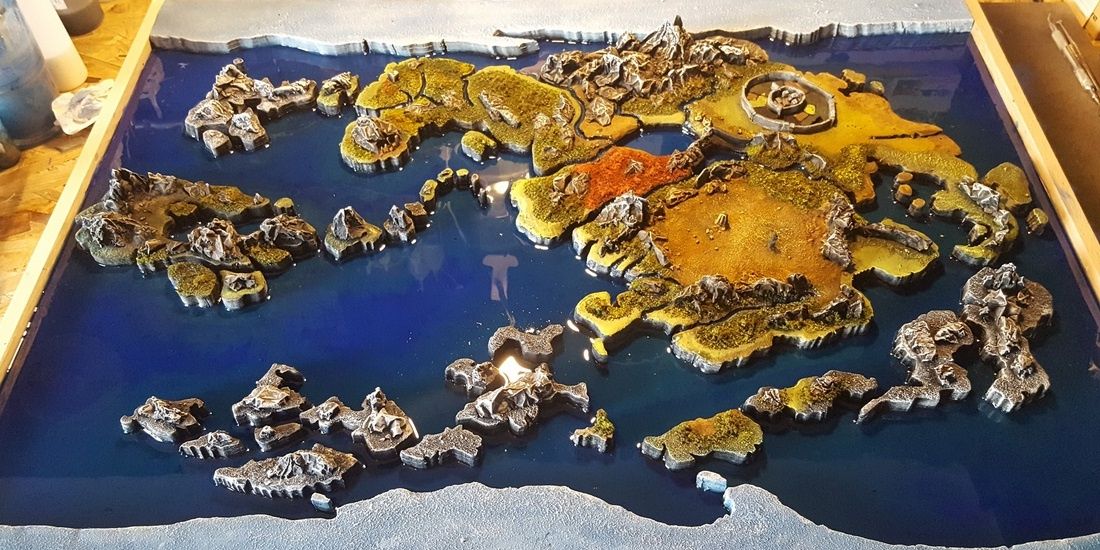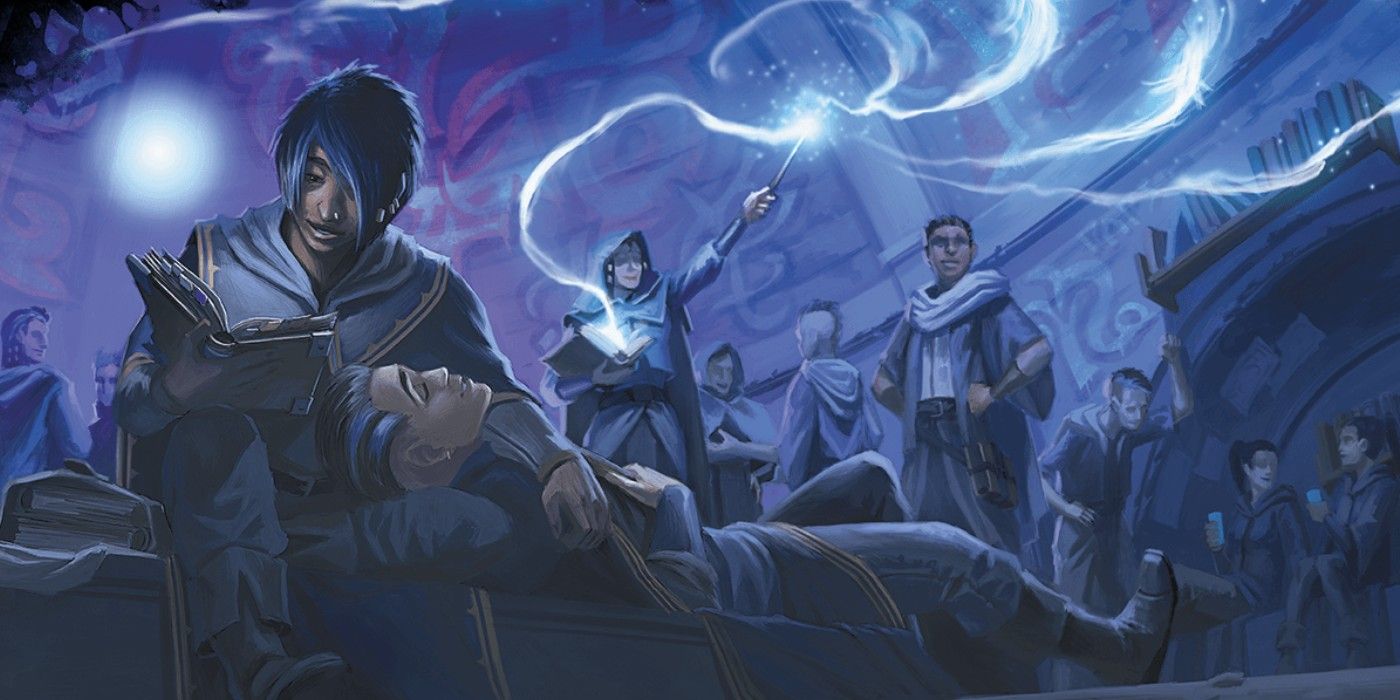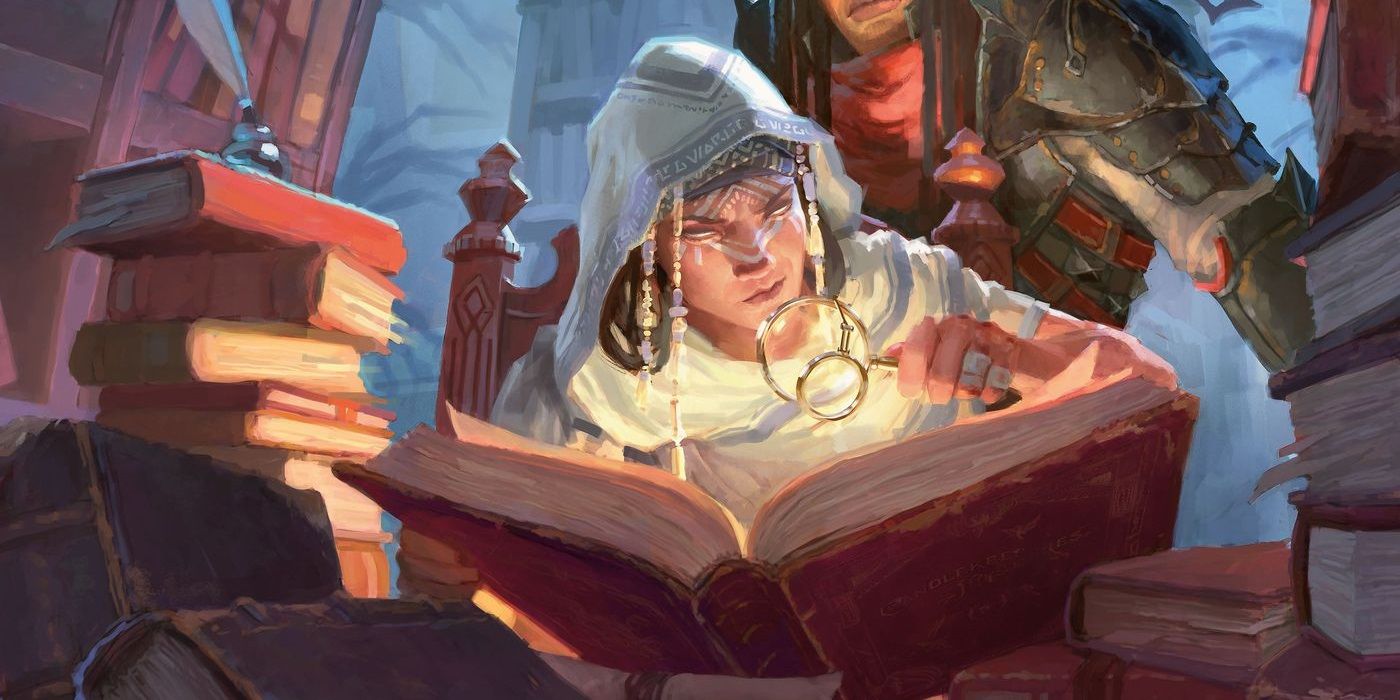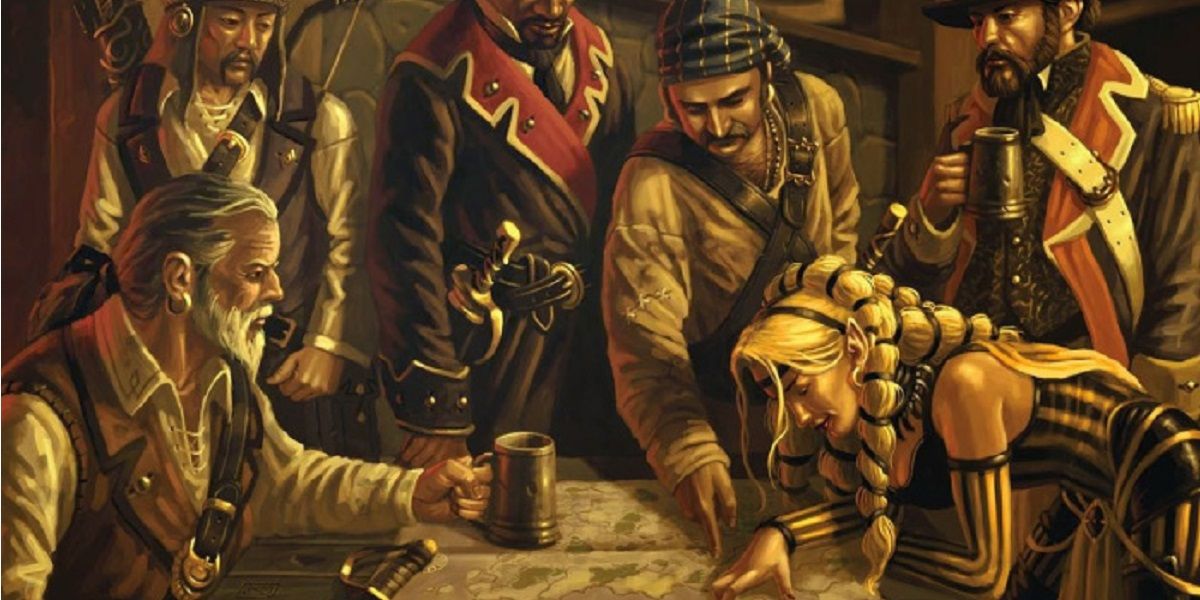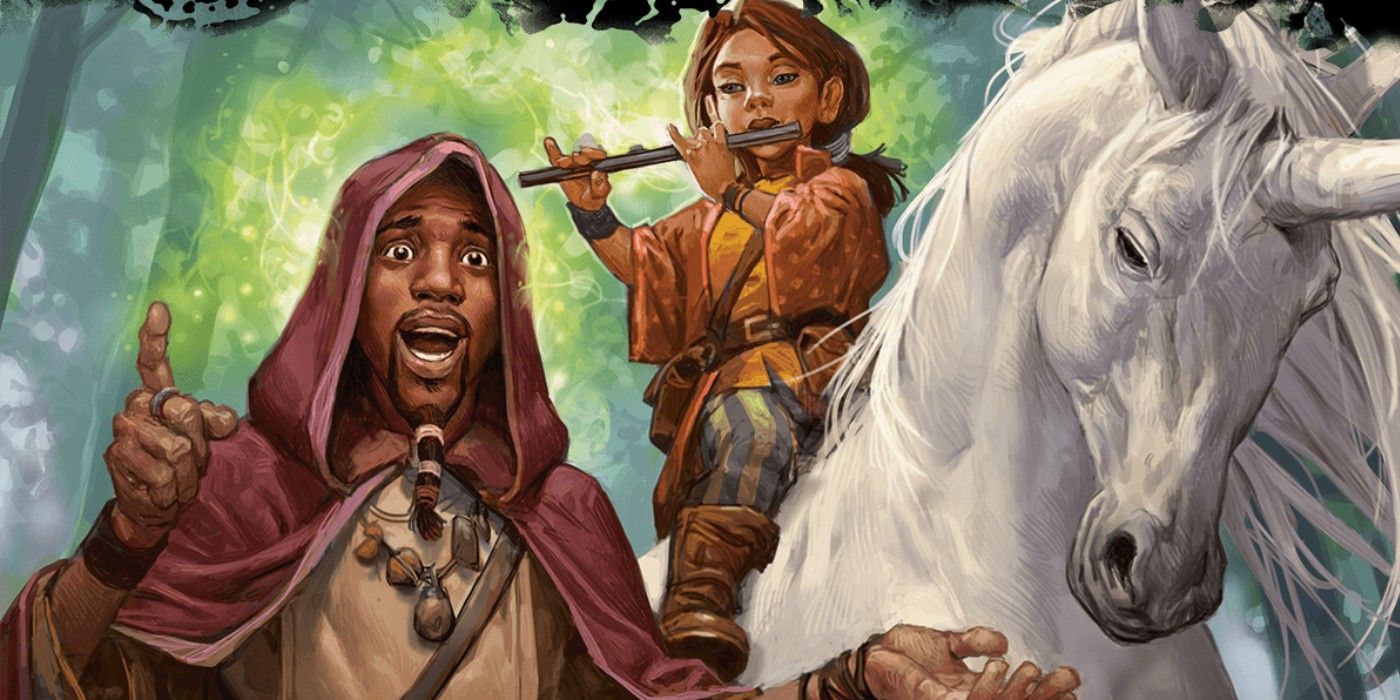Dungeons & Dragons is one a game that many people assume has to be played with a large group. While that is typically the best way to run a D&D session, it's hard to keep a large group together for long. Organizing numerous people, especially in adulthood, can be difficult and when games keep getting canceled groups can dissolve long before a campaign's end.
The good news is that the game can in fact be played with only two players, but it requires a lot of adjustments to the base rules and a little more effort in both roles. However, a 2-player game can provide a uniquely fun experience with a friend, significant other, or family member.
10 Take Turns Being The Dungeon Master
When there are only two players, constantly only having one person run the game can get pretty tiresome. In large groups, no single individual has to take on the majority of the storytelling burden for a long time, as there's always someone piping up with an unexpected idea. Taking turns actively running a D&D game can be a lot of collaborative fun and it gives each player a chance in two different spotlights.
Alternating DMs doesn't really work well in large groups, as it can make it impossible to sustain a campaign's story and different playstyles can clash. However, a collaborative story told by two people is a lot more viable, especially with no third party playing the role of the munchkin and trying to overturn everyone's plans for their own gain.
9 Play Multiple Complex Characters
A world populated by only two players can get dully quickly. However, in a two-player game, it's possible for the player to roll up several characters and treat them as though they're being played by several people. With different histories, personalities, and agendas, this can be a role-playing challenge for the ages.
This is another idea that doesn't do well in large groups, where multiple characters can get too unwieldy and too powerful when players metagame. This also gives a new player the chance to experiment with multiple characters and find their preferred playstyle.
8 Let NPCs Be More Than Dragon Fodder
Even if only one person take on the DM's role, they can shove in a good handful of NPCs that make it almost like they were playing along, too. Non-player characters can have their own complex characterizations and lives. A well-developed NPC can grow over time, enhancing everyone's gaming experience and giving a DM more to do than just crunch numbers and draw maps.
NPCs can't replace a party but they can round one out and make a world feel lived in. They can also give a single player people to talk with reliably, since the DM can't help directly and everyone needs someone to bounce their ideas off of.
7 Modify Combat Rules So There Is Less Number Crunching
The sheer amount of number-crunching in Dungeons and Dragons can be an annoying distraction, especially in combat. 5e improved this some but the math can be time-consuming and offputting. With only two players, though, it's a lot easier to agree on the best way to streamline an individual combat.
Instead of rolling a lot of dice, having both sides act out a conflict can be fun, turning fights into improv challenges. Instead of having a single roll just being a hit or miss, adding damage or adding in challenges based on a roll's degree of success or failure can end a battle fast. Simply designing the game so the player can avoid combat more easily is also good, since the diplomatic approach often makes for more satisfying role-playing.
6 Make The Game More Plot Heavy
Hack-and-slash games can be fun, but they work best as little one-shot campaigns. The occasional fight-heavy session can be fun, but it's even more fun if battles are intertwined with a lot of lore.
With only two players, writing a collective story is more possible. Each person can throw in ideas and they can build on each other in ways that bigger groups can't. Making D&D more like a collaboration really helps two-player sessions feel worthwhile.
5 Take Ideas For Quests & Locations From Other Media
Being a DM is hard in any game. When there's only the DM and one player, it gets even harder. The good news, though, is that it's a lot easier to appeal to everyone's interests when there are fewer players
There's no shame in taking plot points, maps, or ideas from other media and using them as the basis for a one-on-one campaign. In fact, this kind of inspiration can make for a great springboard into something more original after a few botched rolls or successful interventions occur.
4 Do A Lot Of Homebrewing
There's a lot less to get angry about when there are only two people involved. Homebrewing opens up the opportunity to make something brand new that appeals to every player. In this case, that's only one other person.
Homebrewing is an invaluable tool that can help make up for the fact that one character is much weaker and less-balanced than a party. Homebrewed rules also provide a relatively safe space to try out new ideas for items, classes, and races without things getting too out of hand too quickly.
3 Set Up Fun House Rules
There are a lot of ways that house rules benefit a group, and there are even more reasons why they benefit in a tiny group of two. House rules keep everyone on the same page and they can help personalize the game. This is crucial in this kind of intimate gaming.
House rules that are there just to make things more fun can be amazing. Giving a bard Inspiration every time she lands a really cutting insult, or giving bonuses when players stay in character or make the DM laugh are simple examples. Another option is assigning values to specific numbers on the dice, so if a 20 always hits, maybe a 10 always has a funny consequence. House rules shouldn't be a burden or unbalance the game but they can really add to the fun.
2 Plan Out Major Plot Events Together
D&D is always a collaborative storytelling game and in a 2-player campaign discussing plot points and goals can make things more fun for both players. In a bigger group, it's easier to subtly move things with lures, or just letting players go wild and trusting them to solve the problems. However, that can add a lot of pressure to a one-on-one scenario.
Keeping agreed upon plot points vague can be helpful in this kind of game. Just knowing that war is brewing or that a mentor will vanish at a crucial point in the story is enough. While knowing what will happen isn't always fun in a game, discovering how it happens together can be a blast.
1 Find Premade Dungeon Crawlers To Play Through
Premade modules aren't made for single characters to traverse so they have to be modified in advance. Even so, a dungeon crawler can save a Dungeon Master a lot of work and remove some of the constant pressure on the DM. There are some excellent premade D&D adventures available and letting someone else get the ball rolling can make for some great storytelling.
The perk of a premade dungeon crawler is they almost always include plot hooks and give suggestions for NPCs. These starting points can turn into long-term missions and comrades. Plus, there's a real pleasure in a simple dungeon crawl, and both the DM and the player can have a great time exploring one together.

